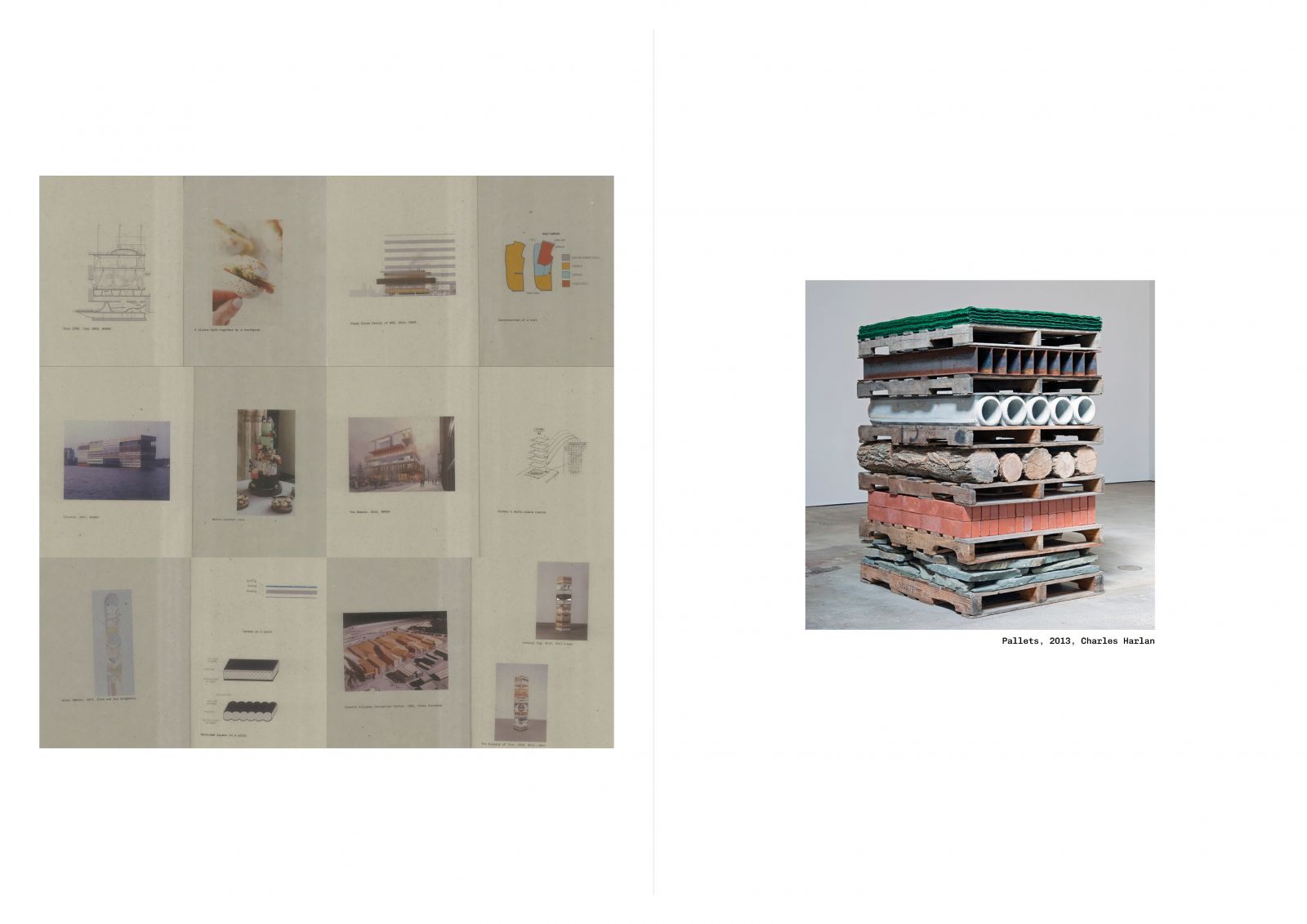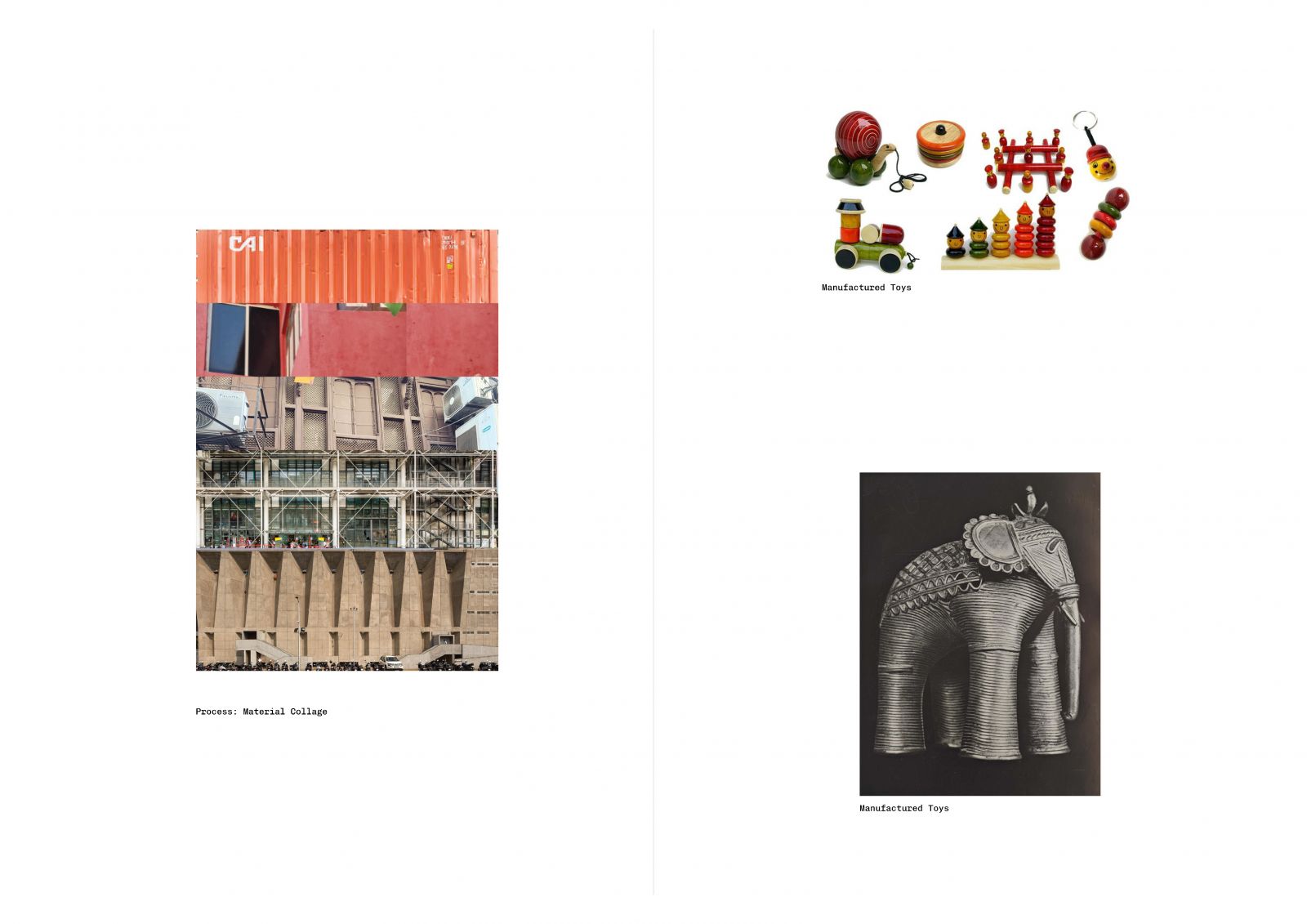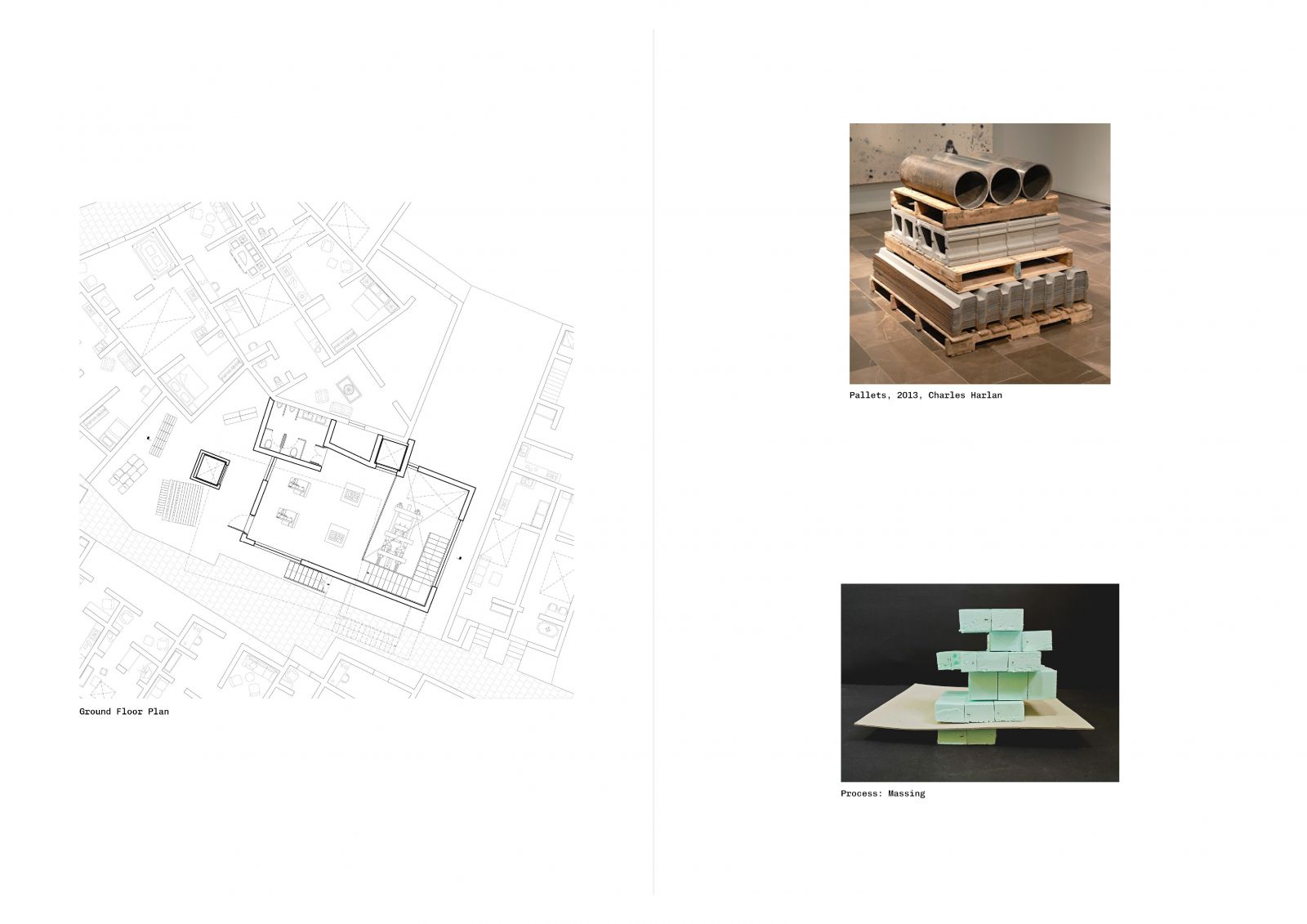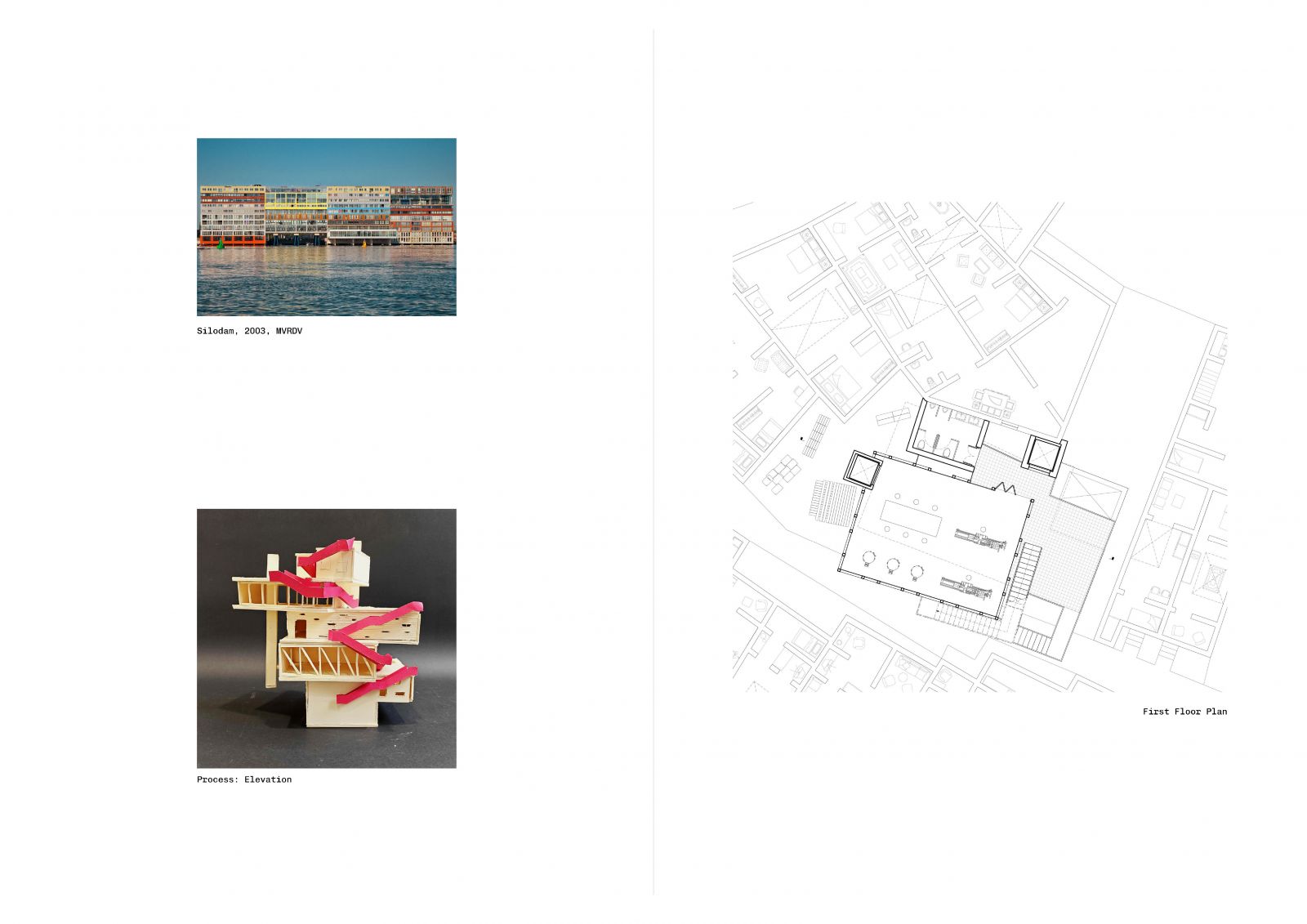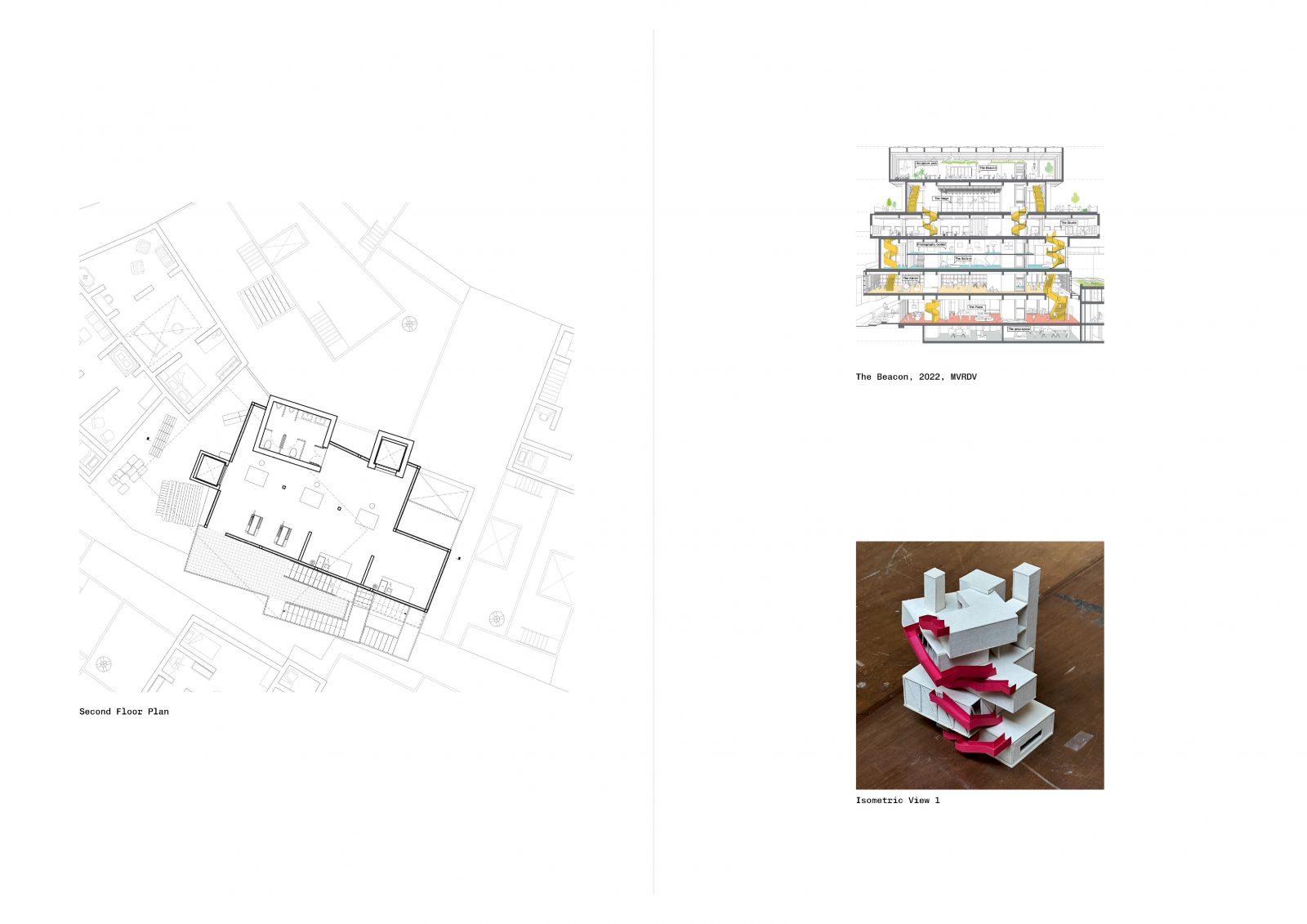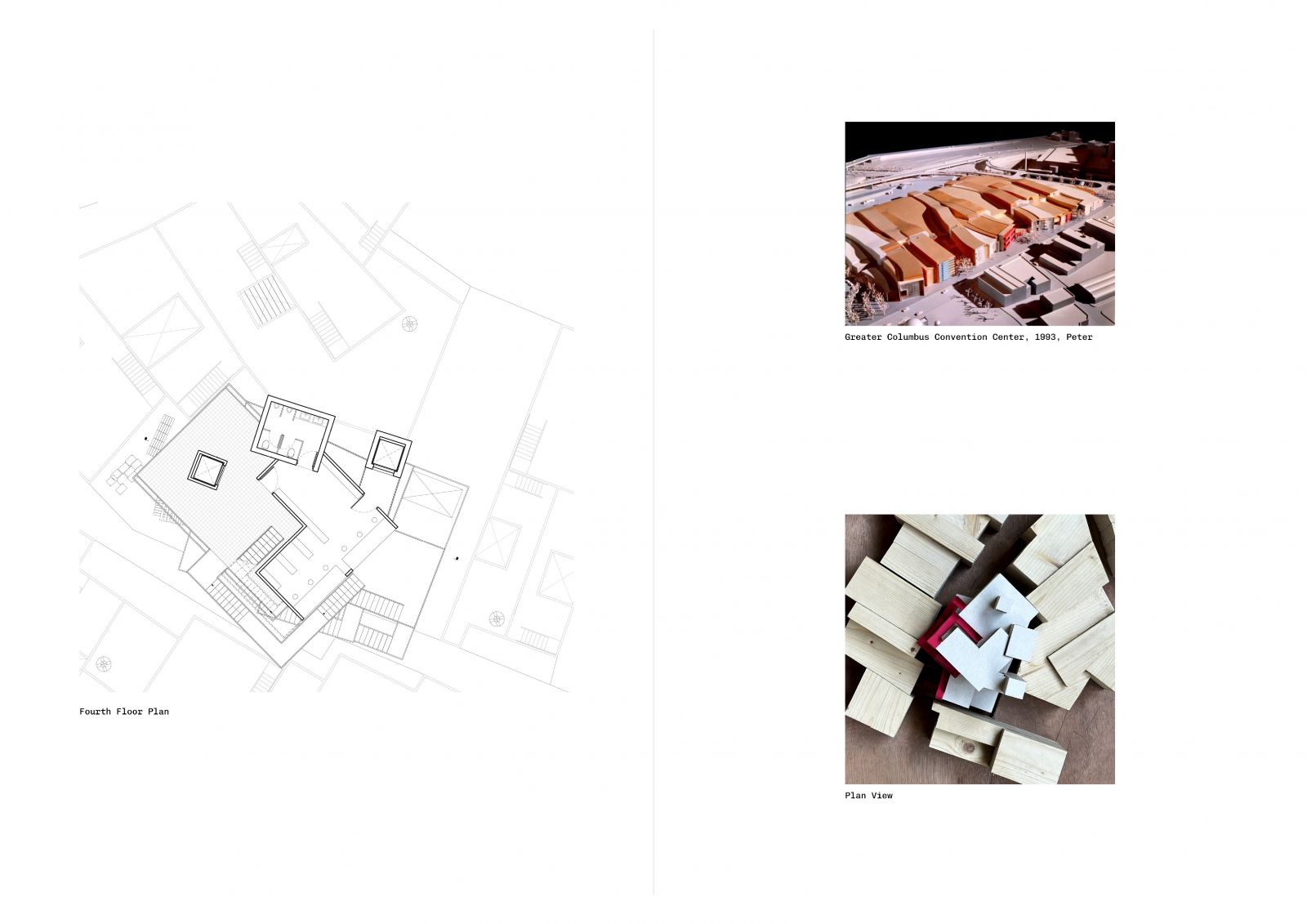Your browser is out-of-date!
For a richer surfing experience on our website, please update your browser. Update my browser now!
For a richer surfing experience on our website, please update your browser. Update my browser now!
Heterogeneous stacking is a technique of organizing space through the layering of distinctly separate elements in a non-repetitive manner. There would be a single binding structural element running through all of the layers which keeps them together. Each of the layers functionally as well as structurally are different but are interdependent on each other. Every layer is independent in materiality and function, but inseparable from the system as a whole.
The thick urban fabric of Dhal Ni Pol requires tight, vertical solutions for any space, and heterogeneous stacking proves a viable approach for the same. Traditional production unit layouts rely on a horizontal span and require large amounts of land. Whereas one in Dhal ni Pol has to be reconfigured into a vertical one due to the limitations in the amount of space. Thus, a toy factory places here has been stacked vertically. Heterogeneous stacking has been used to transform spatial organization by coordinating floors with different stages of toy production. Rather than combining processes, each floor has been divided based on the manufacturing processes being carried out in each layer.
As opposed to traditional buildings where floors are structurally the same, this factory adopts non-repetitive stacking to mirror its internal logic. The outcome is a system in which materials determine the organization, and the structure itself is an extension of the manufacturing processes it serves. The stacking is also non-repetitive since each production stage contains distinct spatial and structural requirements. Some operations are heavier in terms of machinery needed, others demand precision hand finishing, and it is this variability that dictates form.

